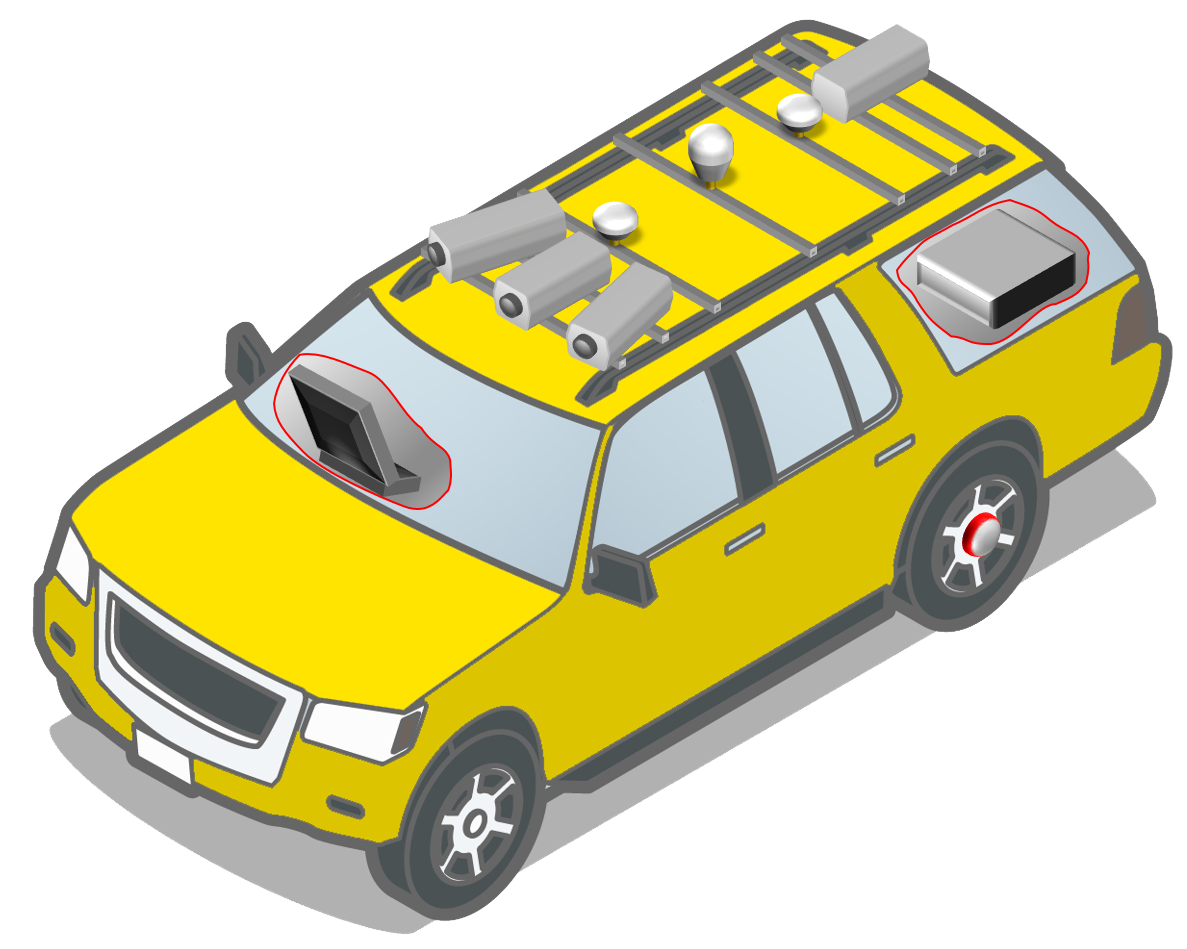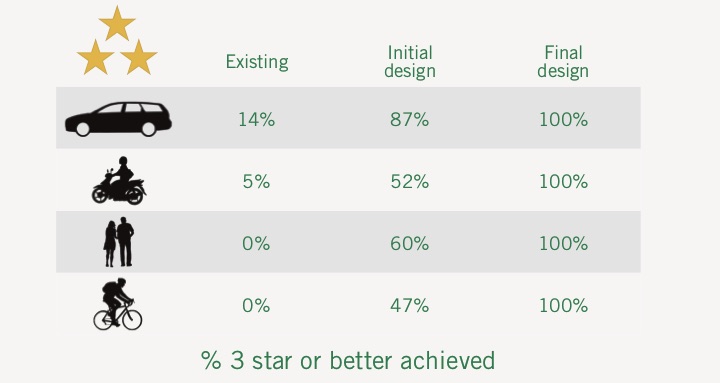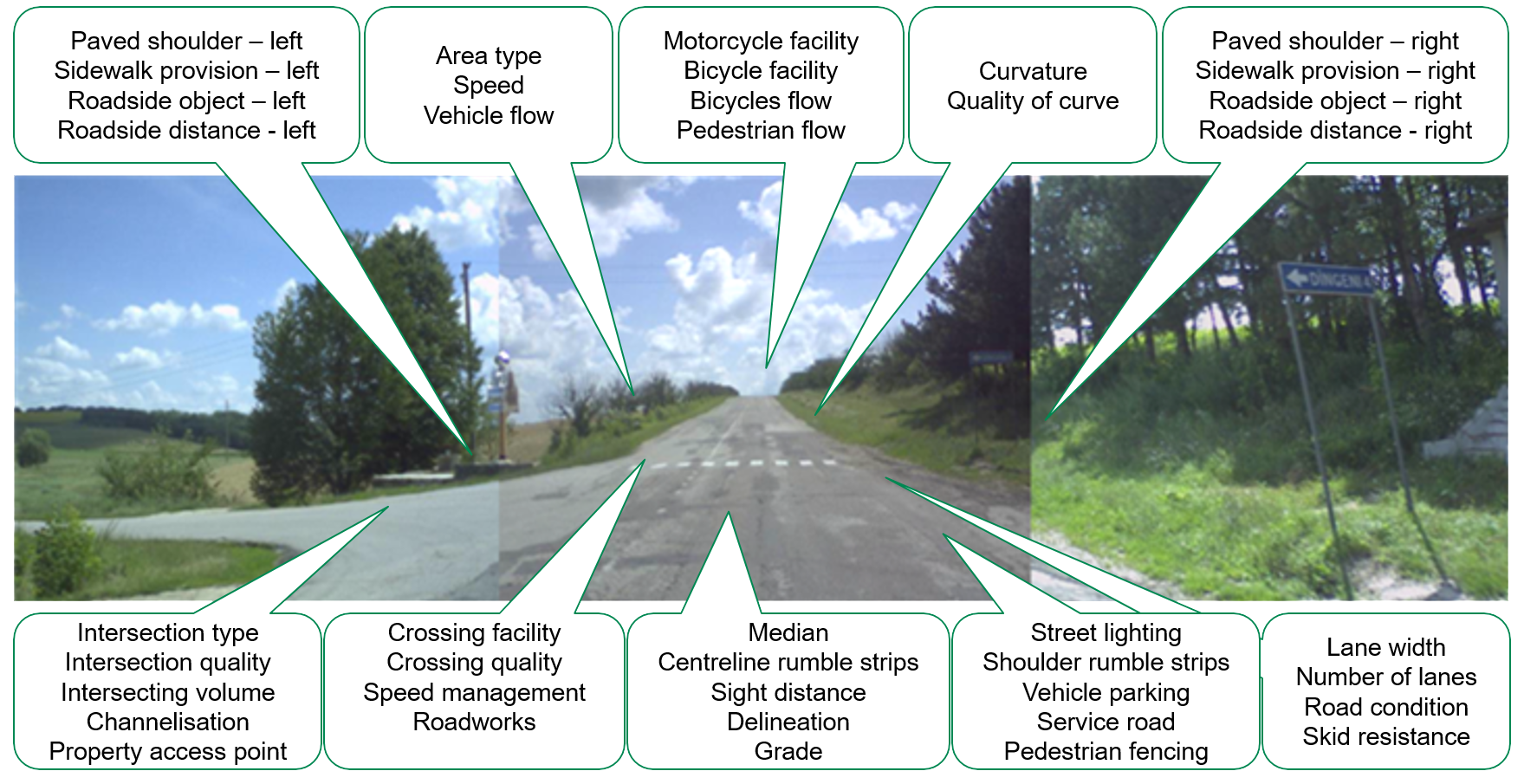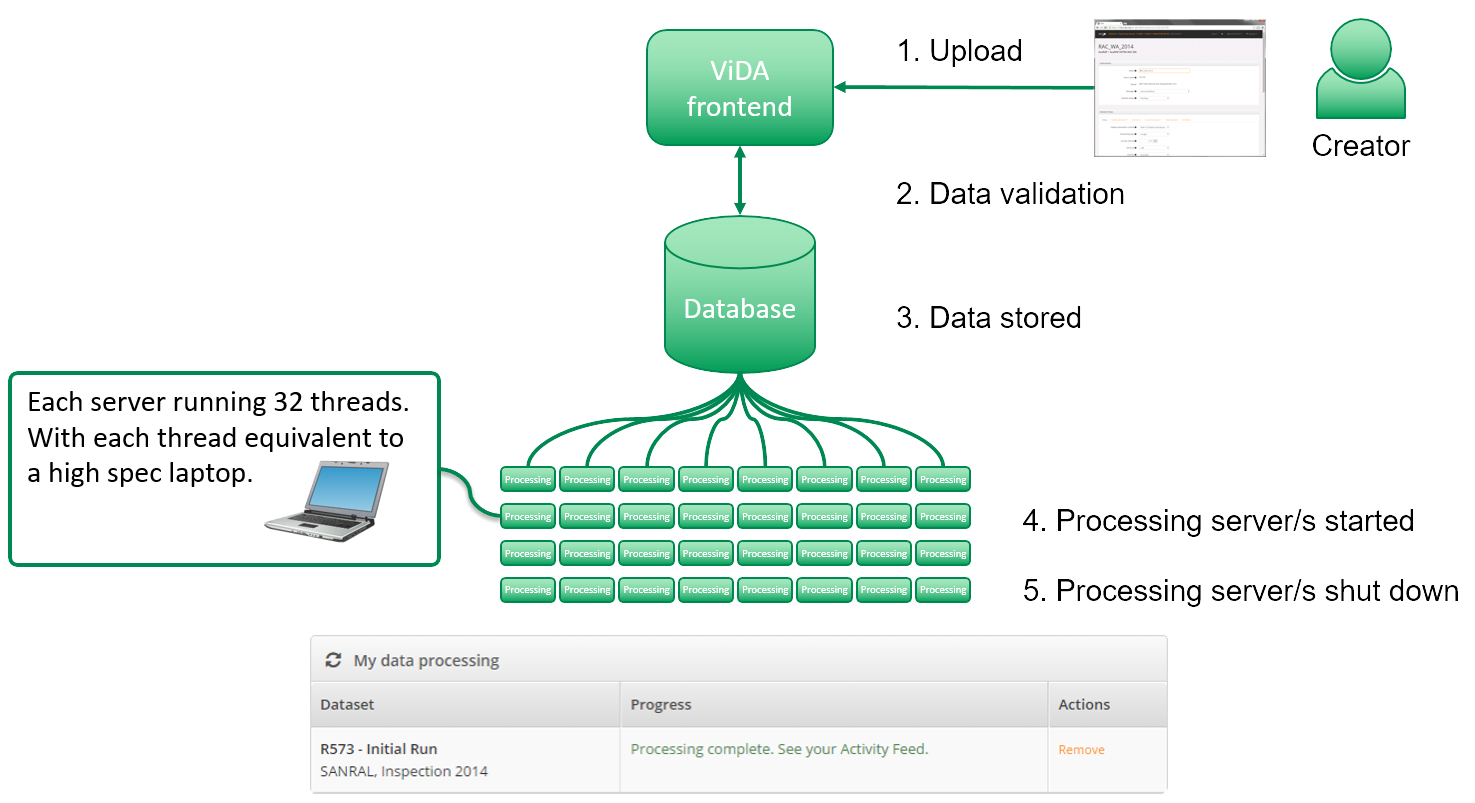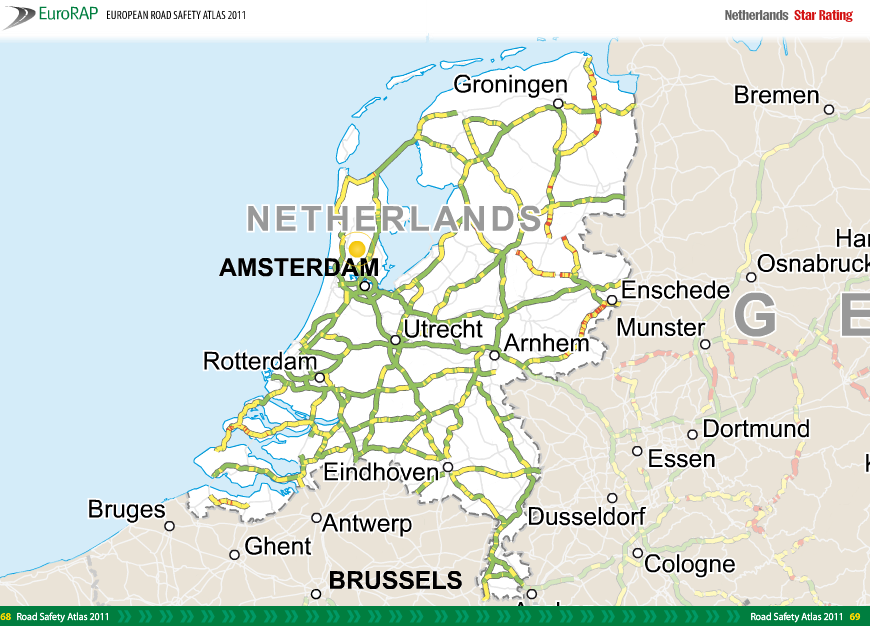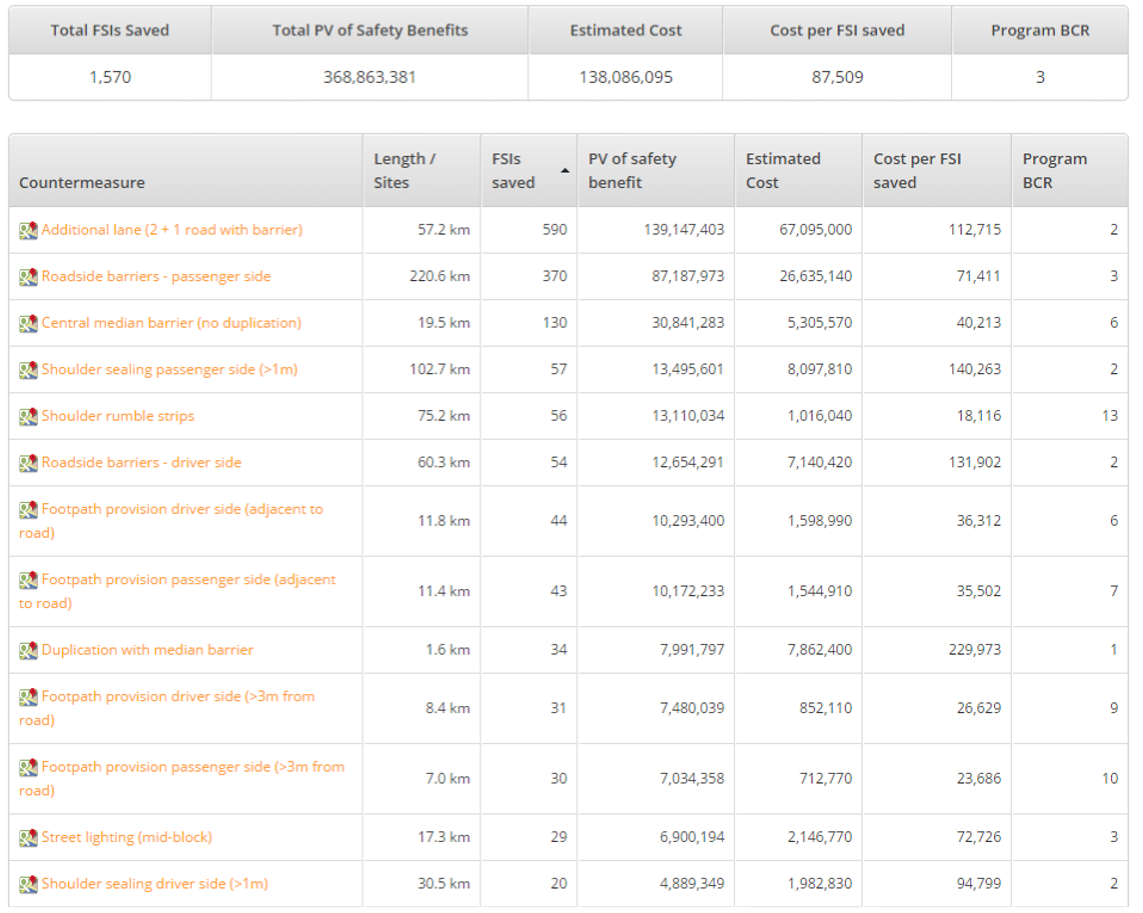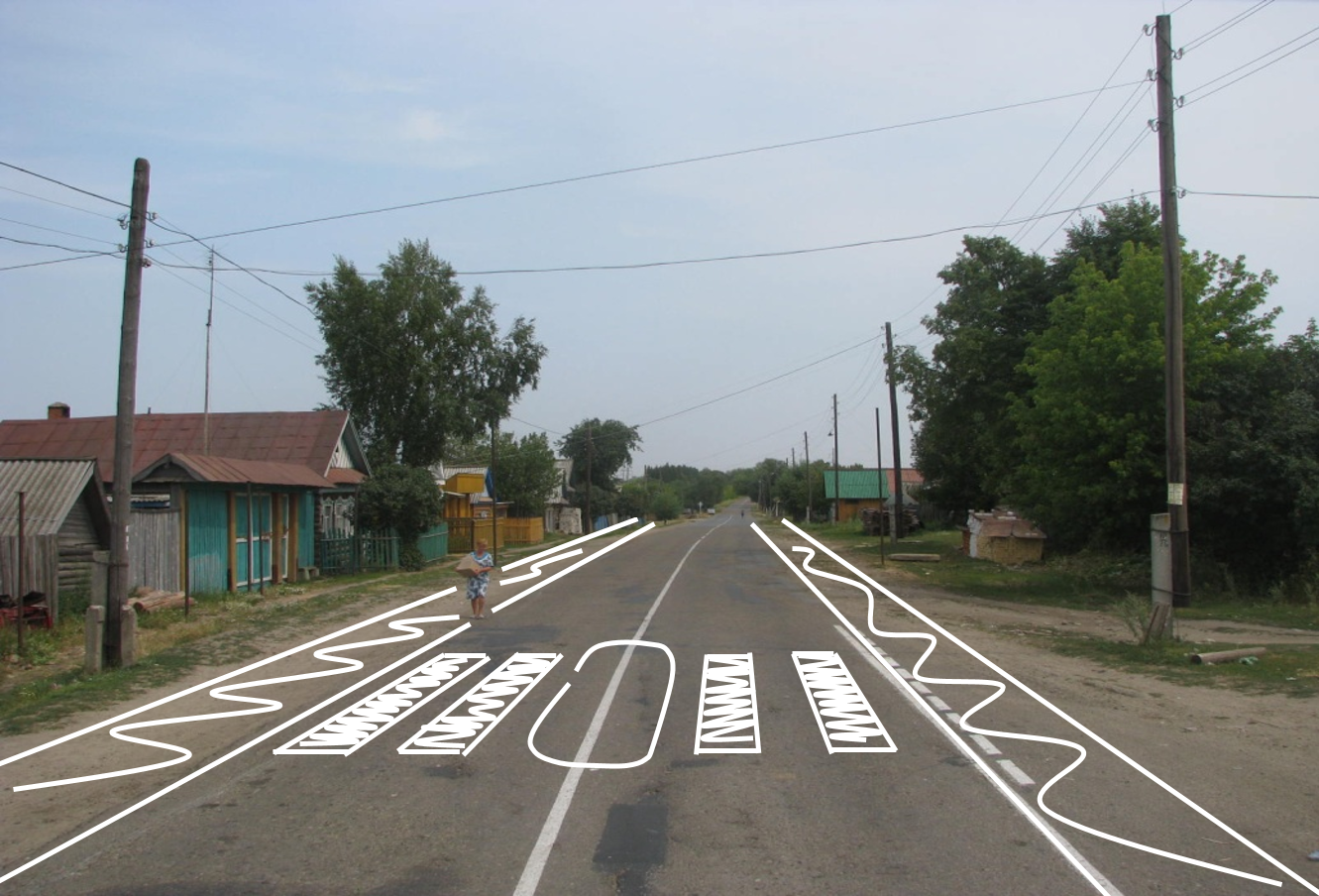Reducing road traffic injuries and deaths is now a big issue in Jamaica.
How to prevent what happened #fiveatonetime in Temple Hall, St Andrew recently is a major concern for so many families who have suffered grief and pain from what has been dubbed an international scourge.
That is why at the level of the United Nations, the road-safety campaign has been able to successfully have the prevention of road traffic injuries inserted into two of the 17 UN Sustainable Development Goals – Good Health and Well-Being (3:6) and Sustainable Cities and Communities (11:2). Namely, road traffic injuries: by 2030, halve the number of global deaths and injuries from road traffic accidents (3:6); by 2030, provide access to safe, affordable, accessible and sustainable transport systems for all … (11:2).
And the powerful argument that informed this decision includes the huge cost to the health sector, the increase in poverty when the breadwinner is injured or dies, and the ravaging of a country’s gross domestic product (GDP) by between two per cent and five per cent.
In the ‘Cost of Care Study: The Burden of Violence Related Injuries and Road Traffic Crashes’ (which needs to be updated), done in Jamaica in 2014, at seven hospitals, the direct and indirect cost to the country was estimated to be $3.2 billion, with the direct cost of road traffic crashes coming out at eight per cent of the Hospital Budget.
It is significant to note here that in 2013, the effective year under review at that time, 307 persons died. Last year, the figure was 488, and projections from our expert analysts point to 470 for 2023, making it still a very bad year.
Clearly, the quantum of the budget allocated to hospital care would have increased since then, but by 60 per cent, I would doubt it. And with 99 road deaths for 2023, despite a promising start, versus 123 (January to March) for 2022, we are, unless something dramatic happens, heading right back to another disastrous year of grief and pain, a significant loss to the workforce, ravaging of the health care budget and GDP, and long-term retardation of our country’s national development.
THE SAFE SYSTEMS APPROACH
The question then arises: What strategic measure can be instituted to make a dramatic change, or even a slowing down, of the effects of this, virtually and metaphorically, “runaway train” of road traffic injuries and deaths? There is only one such tried-and-proven policy directive, and another one, which each country has to work out for itself.
The policy directive is the Safe Systems Approach to reducing road traffic injuries recommended by the World Health Organization (WHO). It is a policy that has been endorsed by the chairman of the National Road Safety Council, the Most Hon. Andrew Holiness, prime minister of Jamaica, a chairman who has given of his time and energy to, with authority, address the international community on this vitally important issue, repeatedly, when so invited.
This strategic and systemic approach to this now pervasive international problem is supported by research carried out by many nations that have successfully employed it to reduce road traffic injuries.
It has five main pillars – Safe Speeds, Safe Roads, Safe Road Users, Safe Vehicles, and An Efficient Post-crash Response – that can extract victims quickly and safely and transport them to a hospital that is capable of treating injuries successfully.
The New Road Traffic Act, together with an improved ticketing system, both of which consumed much of the time and energy of the National Road Safety Council (NRSC), which lobbied for improvements for many years, and across administrations, form part of the essential ecosystem necessary to produce Safe Speeds and Safe Road Users.
We have much more to accomplish, but recent events constituted a significant step in extracting as much as possible from these two aspects of the Safe Systems Approach. For example, the now legally possible use of cameras for electronic enforcement and the sending of tickets when brought on board later this year, as promised, would be a major step in this regard.
So, too, is the review of the breathalyser programme to make it more efficient so that the experience in other jurisdictions, where up to 30 per cent of drivers involved in fatal crashes were found to be driving under the influence of alcohol, can be replicated in Jamaica and dealt with by a more aggressive use of this instrument.
And we cannot overstate the critical importance of dealing effectively with distracted driving caused by the use of cell phones without the use of a hands-free instrument, and texting and driving – major issue across the world today! This also goes for the provision that mandates the use of seatbelts in the front and rear of the vehicle and the use of a child restraint system in private motor cars.
MINIMUM THREE-STAR QUALITY ROADS
Next in line will be the equally important issue of lobbying that attention be given to the provision Safe Roads. And the WHO has a very specific requirement, namely, that nations ought to aim to build out a road network that has at the very minimum three-star quality roads, with five being the highest and one the lowest and unacceptable in respect of road safety.
The importance of this recommendation, which is the mandate of the FIA Foundation-funded iRAP (International Road Assessment Programme), is fully captured in this quote from them: “Broadly speaking, every extra star rating results in a halving of crash cost in terms of the number of people who are killed and seriously injured.”
Transporting goods and services and people is a huge contributor to our GDP, hence the absolute need to have safe roads built into the design and construction of roads.
In fact, at one time, not sure if it is still a requirement, the World Bank mandated that 10 per cent of the cost of building roads should be set aside for ensuring safe roads. This includes of bike lanes, pedestrian refuge areas, proper street lighting, road markings and cat’s eyes, the presence of sidewalks – often absent in rural areas.
This has been a topic under discussion recently as a result of multiple fatalities on the Winston Jones Highway in Manchester and aspects of the North Coast highways – some of which are reportedly slippery, especially when wet – and where many fatal crashes have occurred. In context then, the announcement of the multibillion project, over a three-year span, to provide resources to upgrade and construct new roads is a welcome one.
SAFER VEHICLES
The issue of Safe Vehicles is a hot topic in many countries. And we in Jamaica ought to be very aware of significant improvements that have taken place in the manufacturing of motor vehicles in recent times. Electric vehicles, for instance, more for the environment than for safety, also made changes to how bonnets are built; making them less lethal when a pedestrian is hit.
Improvements in the structure of the vehicle in respect of side impact and the high tech, for bikes and cars, ESC (electronic stability control), assist in stabilising the car and bike when taking sudden and evasive action. An improvement that has saved many lives worldwide. Especially motorcyclists!
Airbags are now pretty much standard equipment for new cars, but because a significant part of our imports are used vehicles, and more importantly, used vehicles for the public transportation system, we need to ensure that these vehicles meet the safety standards.
And again, like Safe Roads, safety is measured by stars based on crash testing, the results of which ought to be available to local authorities. This from regional new-car assessment programmes (NCAP) or international ones.
AN EFFICIENT POST CRASH SYSTEM
Finally, the issue of ensuring that we have an Efficient Post-Crash System is one that we can all accept given often chaotic scenes we witness on television when a crash occurs.
What else? Providing the increased capacity, dedicated funding, a board of management and additional personnel for the UN-designated “lead agency”, which is the Secretariat of the National Road Safety Council – an organisation that works closely with all other agencies, public and private, to promote road safety in Jamaica. Matters have been placed on the table for discussion for years, and across administrations, but are yet to be properly addressed.
So that is the policy directive in part, not in full, as such an in-depth analysis is beyond the scope of this article.
‘TIME COME’
The second issue is the galvanising of the entire “village” to bring up children and produce adults who drive with extreme care and obey the traffic laws, routinely and not because of enforcement alone. This, aside from the fact that we don’t have the resources to have a policeman on every corner or to place a camera to watch over the entire road network, is the only way to ensure that driving safely is built into our psyche and our culture.
Thus the Church, the social media influencers – like Julie Mango, et al, (payback time for those who know the story) – the ‘keepers’ of our culture, the private-sector leaders, the teachers and all the professionals, the media, the youth, the police in and out of uniform, the musicians (from Ding Dong to Chronixx, from Spice to Ifrica), together with the politicians, on both sides, and so many other groups, need to come on board this “road safety train” as the very outspoken and loquacious Mr Hare from the Island Traffic Authority terms it.
‘Time come’ for island-wide sustainable action!
‘Time come’ to combat the effects that road traffic injuries and deaths are having on our national development.
– Dr Lucien W. Jones, MB.BS CD, is vice-chairman of the National Road Safety Council (NRSC). Email feedback to columns@gleanerjm.com.
– Image credit: JPro Visual from Pixabay





